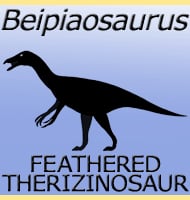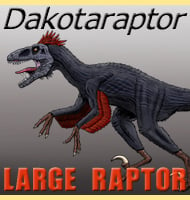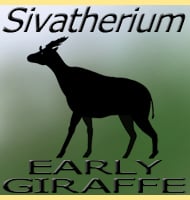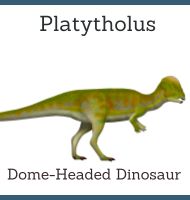In Depth
Pelagornis is a genus of large sea bird that as a genus existed for a very long time during the Paleocene. So large is Pelagornis that the genus is now seriously considered to be a contender for the title of largest known bird capable of flight. This is down to two factors. First the discovery of the Pelagornis species P. sandersi in 2014, a species of Pelagornis with a wingspan estimated at the lower end six meters across, to as much as possibly as much as seven meters across. Second, the previous ‘undisputed’ largest bird Argentavis, has now seen size revisions supported by several palaeontologists to being around five and a half to six and a half meter wingspan, as opposed to the seven meters plus as previously suggested. This is all speculative however as neither Pelagornis sandersi or Argentavis are known from complete remains, there is just a slim probability that the wingspan of Pelagornis sandersi slightly exceeded that of Argentavis. Both of these birds however would have been dwarfed by the largest pterosaurs of the Mesozoic.
Large birds are immediately questioned about their ability to fly, and there has even been speculation in some quarters that Pelagornis could not, though this is not a commonly accepted idea. The body plan of Pelagornis was similar to that of a wandering albatross (Diomedea exulans), which is the largest flying bird by wingspan alive today. The wandering albatross spends much of its time over the open ocean using the principal of dynamic soaring to stay airborne. This is the practice of using the air currents created by the waves of the ocean to continually glide close to the surface of the ocean. With similar wings and body plan, it is not impossible that Pelagornis could have used a similar method of flight, existing as a steady glider more than a continuous flapper of wings.
Pelagornis had what are loosely dubbed pseudo-teeth growing from the edges of the bill, not true teeth which would grow from sockets in the jaw bone. These pseudo-teeth were not that strong and often broken away from fossils. They may still have been continually grown in life, and would have allowed Pelagornis to grab hold of slippery prey such as fish and perhaps even cephalopods like squid. Overall Pelagornis is thought to have had a similar lifestyle to the aforementioned wandering albatross. Food could be snatched from near the ocean surface, and perhaps even a limited diving ability to pursue prey underwater. The wandering albatross is also known to sometimes eat so much in one go that it becomes too heavy to take off until the food has passed through its system, and perhaps the same could have been true on certain occasions for Pelagornis. If Pelagornis also soared across the open oceans like the wandering albatross does, then that could go a long way to explaining why fossils of the Pelagornis genus are found upon numerous continents thousands of miles apart.
Further Reading
- Osteology of a new giant bony-toothed bird from the Miocene of Chile, with a revision of the taxonomy of Neogene Pelagornithidae. - Journal of Vertebrate Paleontology 30(5):1313-1330. - G. Mayr & D. Rubilar-Rogers - 2010. - Flight performance of the largest volant bird. - Proceedings of the National Academy of Sciences - D. T. Kespa - 2014.









